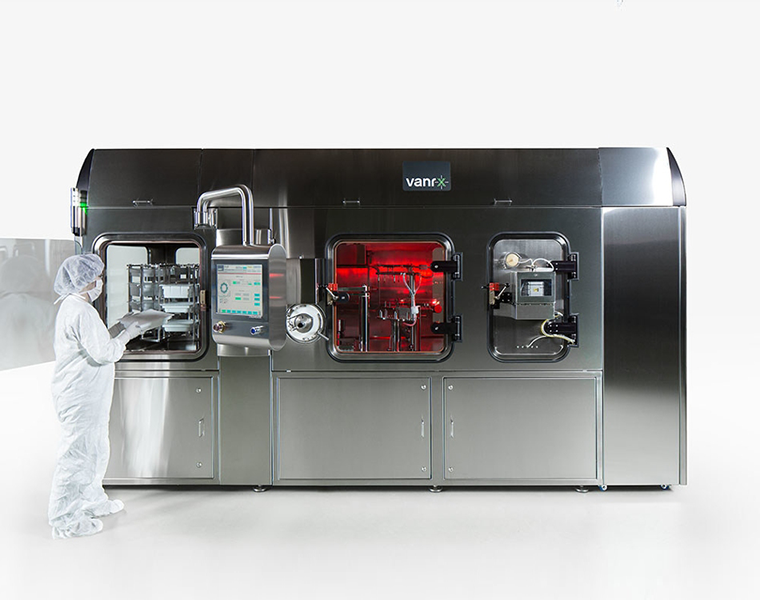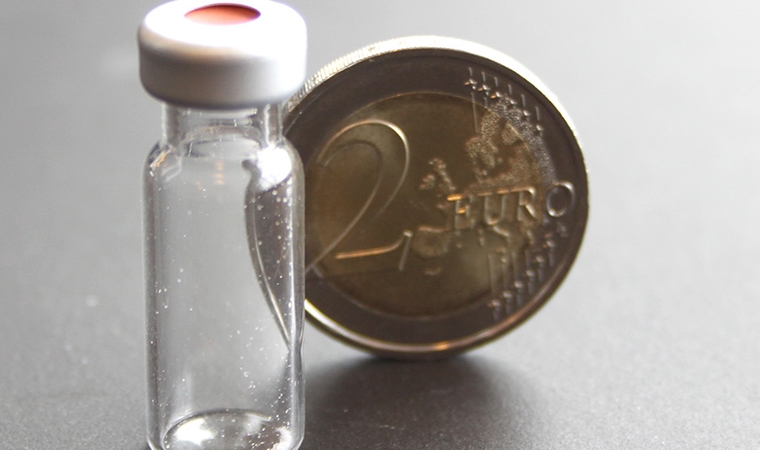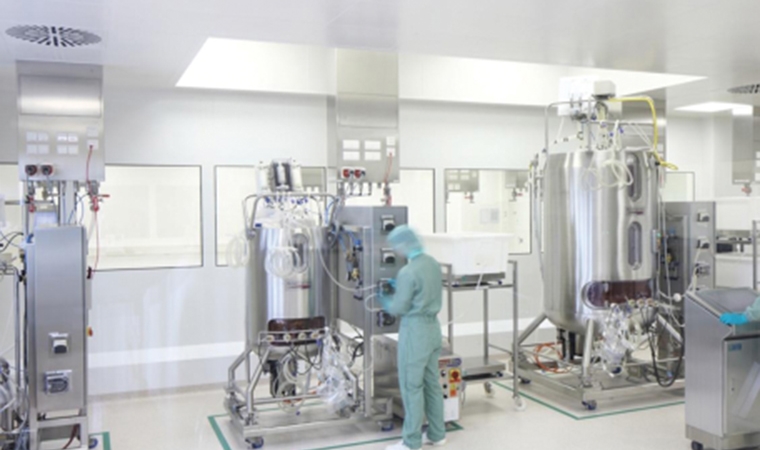Injectable drug production isn’t slowing down – and as a result, neither is aseptic technology. Find out what the market expects of aseptic production and more importantly, what regulatory authorities think of it today.
As the use of direct injection products increases, so does the popularity of aseptic technology. This market demand, coupled with strong pressure from regulatory authorities, is pushing companies to avoid human interaction with the pharmaceutical product during aseptic production processes. In turn, fully automated systems are bang on trend and moving on up.
Similarly, the prediction in the industry is that cleanroom robots will take over activities currently performed by operators working through fixed-installed glove systems in an isolator or a restricted area barrier systems (RABS). This is largely because gloves are still the weak link of barrier systems. They must be thin enough for the operator to carry out precise manipulations, but this makes them vulnerable to tear, which heightens the risk of product contamination. In addition, there is the difficulty of testing gloves for integrity, as certain holes can’t be detected by currently available test methods.
The regulatory perspective
The necessity for integrity testing sounds like a regulatory concern – but is it? At this stage, neither the European nor the US regulatory authorities actually demand the use of barrier technology for aseptic production processes in their guidelines. However, recent inspection reports from the US Food Drug Administration (FDA) demonstrate that ‘poor aseptic handling’ is one of the most frequent complaints. Furthermore, the draft of the revision of the EU Annex 1 guideline, which was issued for commenting to the industry late 2017, clearly states the requirement to minimize aseptic manipulations wherever technically possible, such as cleaning in place (CIP) and sterilization in place (SIP) for all product contacting parts. This clearly outlines the necessity to use advanced barrier technology for aseptic processes.
Furthermore, there is an ongoing discussion in the industry, triggered by the Medicines and Healthcare products Regulatory Agency (MHRA), about the effectiveness of VHP (vaporized hydrogen peroxide) sterilization particularly for the stopper contacting format parts of vial, syringe or cartridge filling machines, since these parts cannot be cleaned and sterilized in place by steam like the product pathway.
To minimize any microbiological contamination risk during production setup, the industry trend for isolator filling lines is to first perform for these parts a controlled cleaning process within a parts washing machine followed by Tyvek® packing before autoclaving, as an offline preparation process.
After sterilization, these parts are placed inside the barrier system before closing of the doors. The unpacking or removal of covers will be done only when the barrier doors are closed, using the barrier gloves and sterilized tools to avoid touching any critical surfaces. Once the setup is completed, a VHP cycle of the isolator is performed before starting production.
In the future, operators will instead be observers who perform manipulations in rare cases, perhaps using a joystick to control the cleanroom robots manually.
Looking into the future, these issues could be solved by implementing aseptic production that ends in isolators where cleanroom robots perform equipment setup before production and routine operations during production as well as conduct troubleshooting. Operators will instead be observers who perform manipulations in rare cases, perhaps using a joystick to control the cleanroom robots manually.
In effect, this will separate the product from the human operator, eliminating the biggest source of particulate and microbiological contamination in products. In fact, some manufacturers already use robots in their filling machine designs, for example, and robots that meet class-1 requirements in terms of particle emissions are already the standard in the semi-conductor industry. These are particularly useful to the pharmaceutical industry because they emit almost no particles, are easy to clean and are capable of being sterilized by VHP.
VHP sterilization is the decisive factor
The good news is that today, the regulatory authorities accept VHP sterilization. The bad news is that a filling line in isolator technology can mean lower production output compared to a filling line installed in a cleanroom with RABS technology. This is the case if the product portfolio consists of many different products, if there are many different primary container sizes, or if there are small batch sizes.
Namely smaller batch sizes are already the current trend in the industry, where injectable product are increasingly developed towards specific, targeted patient groups. Looking into the future, with the upcoming gene therapy, this trend will most likely be reinforced even more in the near future. To enhance productivity, the injectable facility of the future has to have higher flexibility combined with much shorter turnaround times enabled by e.g. more single-use and ready-to-use components, advanced (faster) VHP cycles or robots enabling a 24/7 production operation.
To enhance productivity, the injectable facility of the future has to have higher flexibility combined with much shorter turnaround times enabled by e.g. more single-use and ready-to-use components, advanced (faster) VHP cycles or robots enabling a 24/7 production operation.
Thus, isolator manufacturers, for example, are focusing on reducing VHP sterilization cycle time. A complete VHP sterilization cycle for small material locks with a volume of 0.1 to 0.2m³ today lasts only 20 to 30 minutes, whereas larger isolators, with a volume of 10 to 20m³ can take up to 8 hours, specifically if the aeration requirement is very low (i.e. down to 30 ppb). This is because many new biotech products are very sensitive in regard to oxidization. However, the need for shortened sterilization cycle times will boost advances in technology and I expect that this timeframe will be reduced to 2-4 hours in only a few years. This advancement removes one of the final advantages of cleanrooms over isolators.
With the boom of technological advantages, aseptic production is becoming more tangible than ever. And with the regulatory authorities’ dismay over poor aseptic handling, it is time to bring production to the speed and level of compliance your facility needs by integrating the right technologies.
Image provided by Vanrx Pharmasystems.


